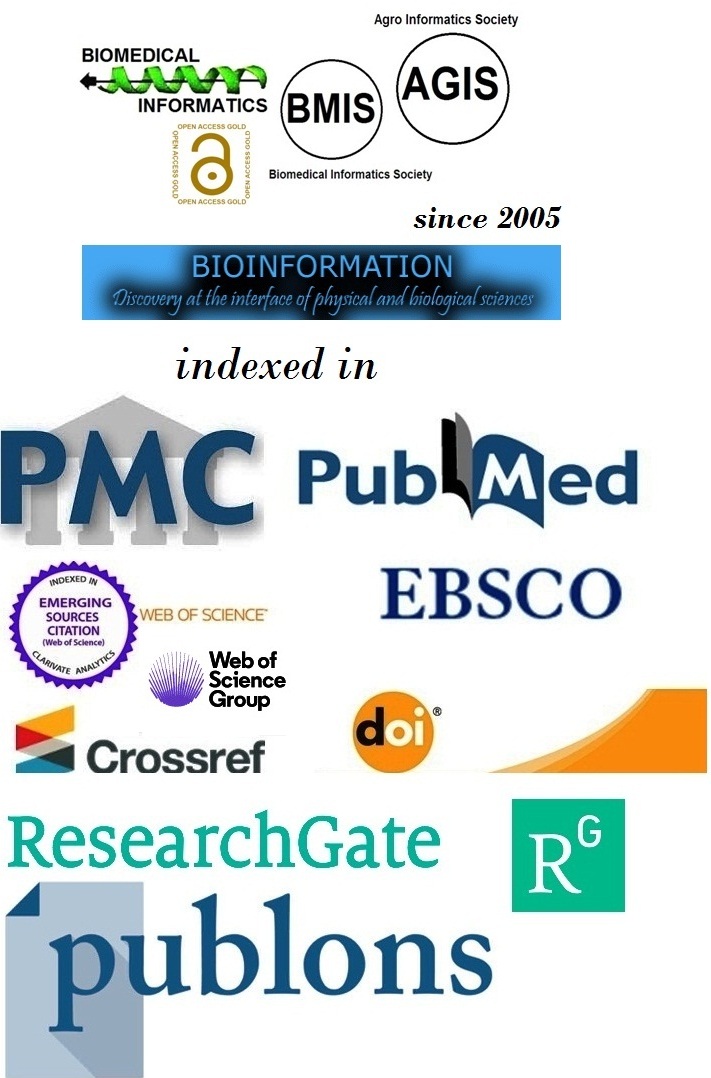Title
Impact of Qi Gong therapy for managing premenstrual syndrome among adolescent girls
Authors
Vaghela Payalben Tejmalji1, B. Mahalakshmi2,* & N. Siva Subramanian3
Affiliation
1Department of Obstetrics and Gynecological Nursing, Nootan college of Nursing, Sankalchand Patel university, Visnagar, Gujarat - 384315, India; 2Department of Pediatric Nursing, Nootan College of Nursing, Sankalchand Patel University, Visnagar, Gujarat - 384315, India; 3Department of Psychiatric Nursing, Nootan College of Nursing, Sankalchand Patel University, Visnagar, Gujarat - 384315, India; *Corresponding author
Vaghela Payalben Tejmalji - E - mail: ptvaghela.fn@spu.ac.in
B. Mahalakshmi - E - mail: mb.fn@spu.ac.in
N. Sivasubramanian - E - mail: sn.fn@spu.ac.in
Article Type
Research Article
Date
Received February 1, 2025; Revised February 28, 2025; Accepted February 28, 2025, Published February 28, 2025
Abstract
Premenstrual Syndrome (PMS) is a prevalent condition among adolescent girls, causing significant physical and emotional distress. Therefore, it is of interest to evaluate the impact of Qi Gong therapy on alleviating PMS symptoms among adolescent girls in North Gujarat. A quasi-experimental pretest-posttest design was implemented with 231 adolescent girls aged 13-17 years. Participants underwent a 4-week Qi Gong therapy program, with five 45-minute sessions weekly. Data were collected using a demographic questionnaire and Modified PMS Scale, analysing pre- and post-intervention symptoms through descriptive statistics, paired t-tests and chi-square tests. The intervention significantly reduced PMS severity, with mild PMS cases increasing from 48 (20.78%) to 166 (71.86%) post-intervention. Paired t-tests revealed a highly significant mean difference in PMS scores (T = 12.251, p < 0.001).
Keywords
Premenstrual syndrome, Qi gong therapy, adolescent girls, non-pharmacological interventions, holistic health
Citation
Tejmalji et al. Bioinformation 21(2): 132-136 (2025)
Edited by
P Kangueane
ISSN
0973-2063
Publisher
License
This is an Open Access article which permits unrestricted use, distribution, and reproduction in any medium, provided the original work is properly credited. This is distributed under the terms of the Creative Commons Attribution License.
